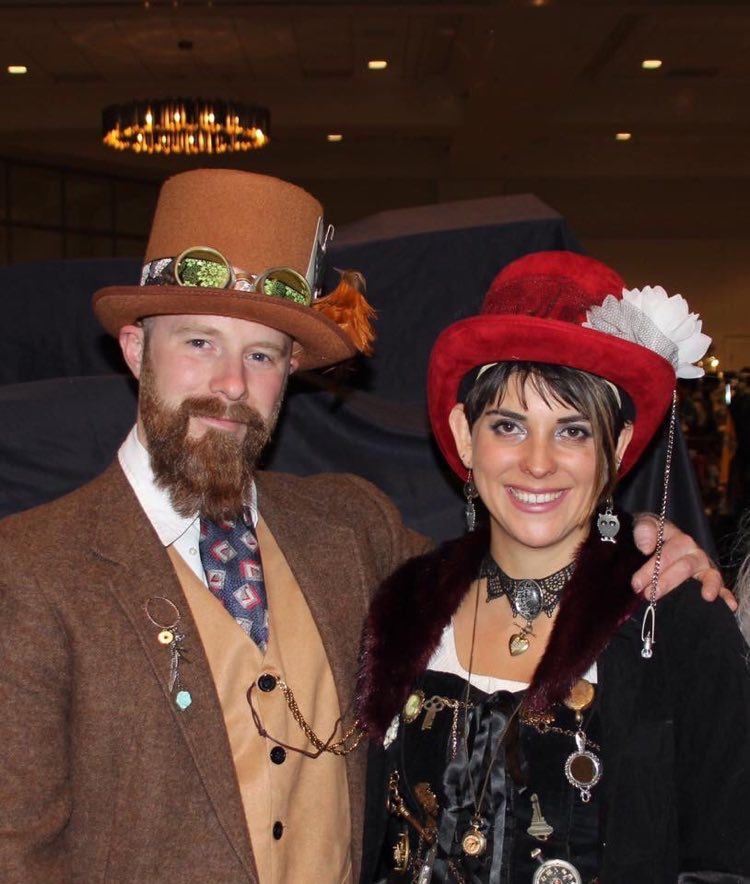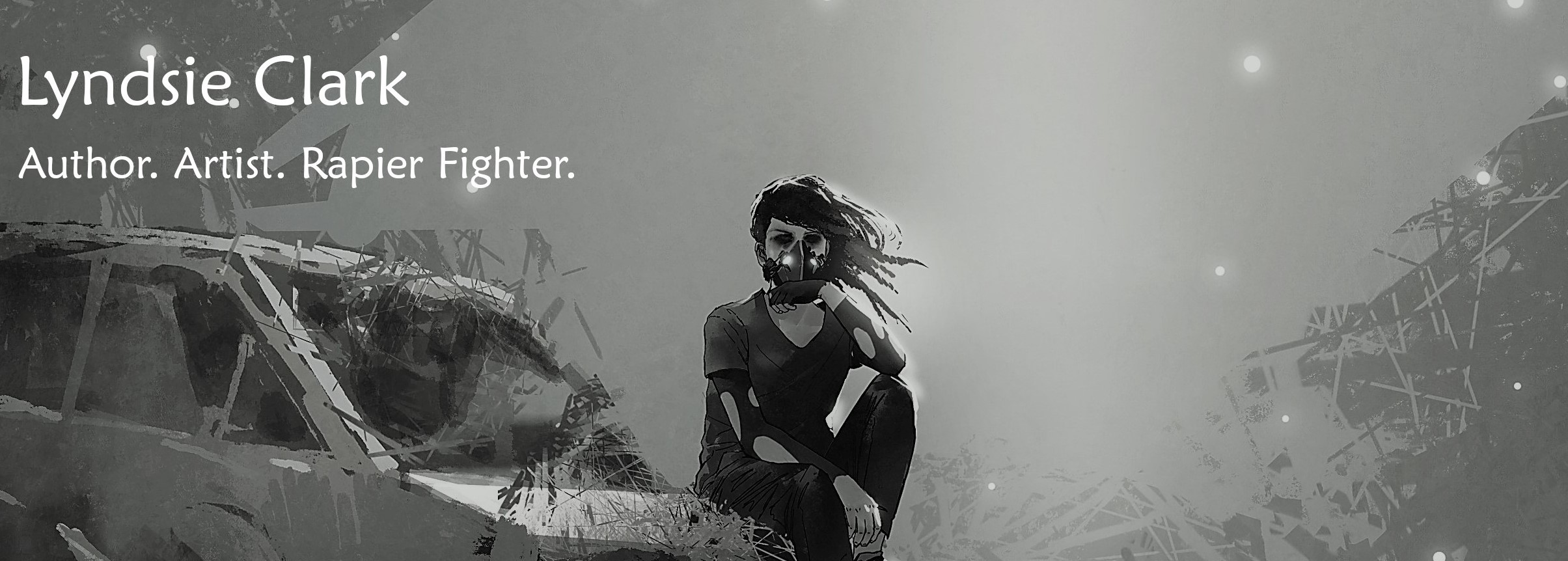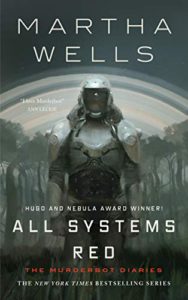This is an informational 7-minute introduction speech I did for the Toastmaster’s International Speech Contest for a series of talks regarding the literary, cosplay, and pop-culture subgenre of Steampunk. You can see steampunk in literature such as Cherie Priest’s “Boneshaker” or in music with Steam Powered Giraffe (check out album “The 2-cent Show”).
Okay, ready?

—————-
You walk into a tavern with walls of deep brown wood. The lighting is dim. In front of you, lies a bar, the scuffed and scarred countertop shining with a new coat of varnish. Strange machines perch on the tables, and the back bar belches steam. The people around you look to be from a different century. The men wear tailcoats and top hats, the women, corsets and hoop skirts. A lively piano tune drifts through the air. Have you just been transported back to the time of Jules Verne? Or are you amid the creatures of an imaginary fantasy land? The answer is: Neither. You have just entered the subculture of Steampunk. “What is this?” You wonder, “And where did it come from?” Well, my friends, I am here to present to you a brief history: the culture and counter-culture of this science fiction sub-genre.
The world of steampunk combines Victorian design with technology inspired by the industrial machinery of the 1800s. Imagine that electricity had never been discovered and instead, our main energy sources were steam and fire. The color scheme is woodsy and metallic, like a copper bracelet unearthed from a ruin.Creature-like contraptions dominate the artifacts of this world, grinding their oversized gears and whistling from the pressure of vaporous chemicals. The dress ranges from the finery of the elite, to the worn fatigues of a military man. Mad scientists, adventurers, and gentle folk socialize over fancy whisky punch.
The term “steampunk” was coined in 1987 by author K.W. Jeter to describe a style of illustration and literature set in these alternative, steam-powered worlds. He cited three novels written between 1979 and 1987 which he called the triumvirate of steampunk: Jeter’s own Morlock Night, Anubis Gates by Tim Powers, and Homunculus by James Blaylock. These works formed the foundation for a community which rose out of the clocks, gears, and shades of bronze. You can now find influences in fashion, music, home décor, and theatre. There are concerts, clothing lines, and conventions focused exclusively on the steampunk theme. The craft site, Etsy, even has its own category for products made with this aesthetic in mind.
Now, where does the “punk” come from? This term by itself is used to refer to gritty dystopias based on anti-establishment ideals and bitter social commentary. At first glance, Steampunk doesn’t quite seem to reflect this vision. The dress and affectation is that of upper-class European society, but the science is progressive and imaginative. Women adventurers have far more representation than in other genres of science fiction, and cultures blend together in ways beyond colonialism. Everyone speaks their mind frankly and earnestly. In today’s world, we would likely take many of these things for granted. However, in 19th century England or the American Wild West, these behaviors would be considered unconventional and offensive. However, as steampunkers are all gentlefolk, even the social commentary it seems, is conveyed with class. It is almost as if they are asserting that their world, for all its lack of twentieth century conveniences, still subscribes to modern sensibilities.
To learn more about this rich world, you can find references in popular movies, literature and music. For instance, Wild, Wild West starring Will Smith, Robert Downey Jr.’s Sherlock movies, Phillip Pullman’s novel, The Golden Compass and even the reality TV show, Steampunk’d (with an apostrophe ‘d’). Bands like Abney Park and Steam-Powered Giraffe have grown to notoriety with their instrumental, lyrical and visual tribute to steampunk. With the current rise in popularity of alternative-culture conventions, costuming and immersion are beginning to surpass literature and film as the primary expression of the steampunk culture. Wearable and usable items have taken the place of static images and descriptive text. You could meet someone whose top hat spews actual steam, and or another with rotating gears in their mechanical arm. You can learn tea dueling and bartitsu, a Victorian martial art, or attend an absinthe-tasting. For your next party, you could even try to book the League of Steam, a steampunk performance troupe from Southern California.
From its humble beginnings, the community has become a subculture much in the same way as the metal heads or hippies of decades past. However, while steampunk may seem stuck in time, its future has infinite possibilities. This is a community where many types of people can come together – popular and marginalized. I, personally, am excited to watch the evolution continue toward a positive future. Will we actually find ourselves in the world of Jules Verne or will steampunkers become something more? Something completely beyond the imagination.



